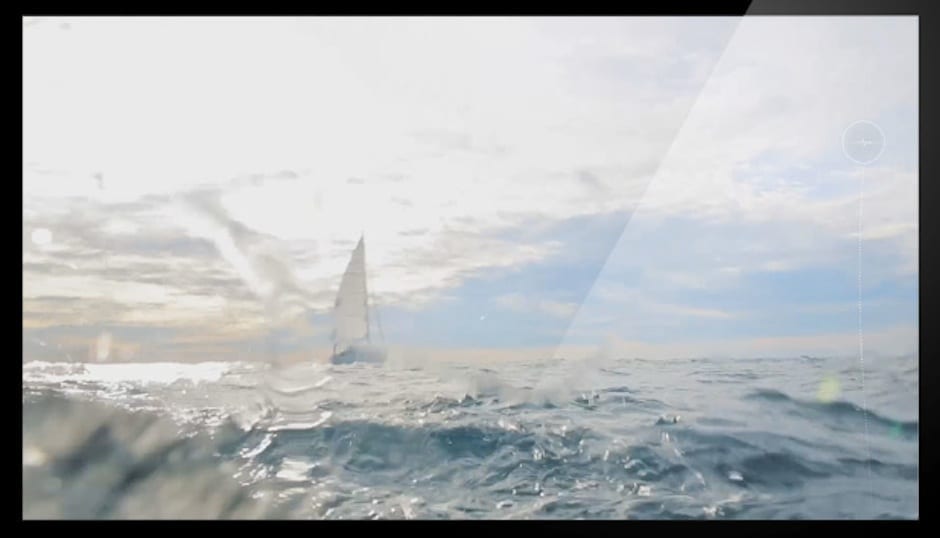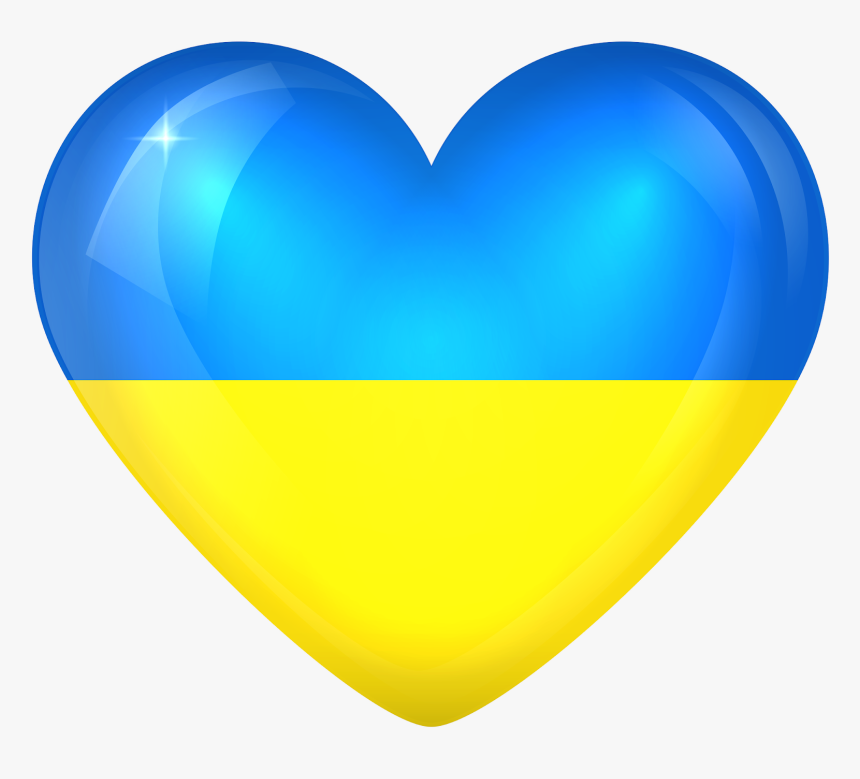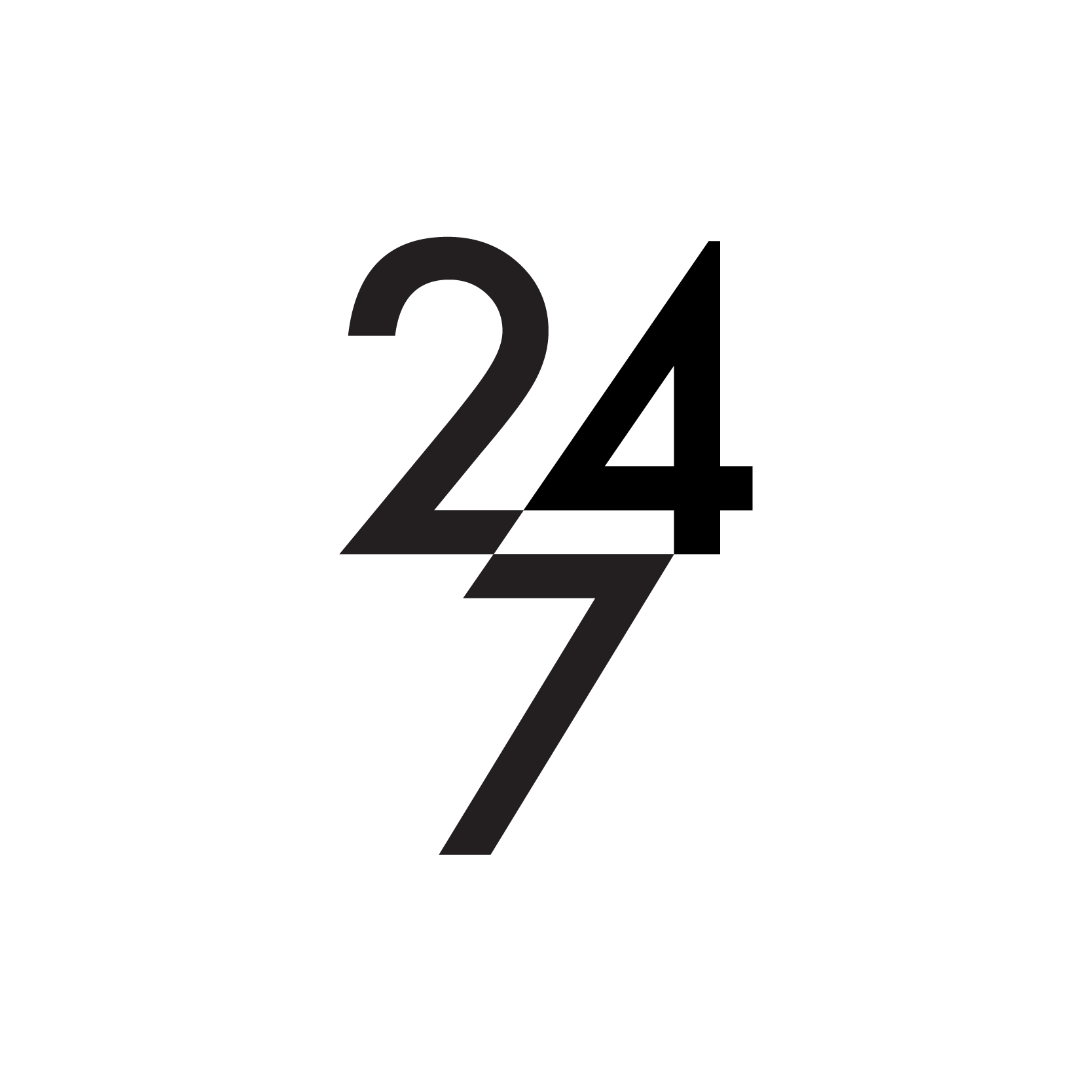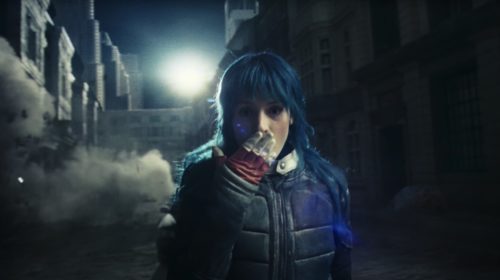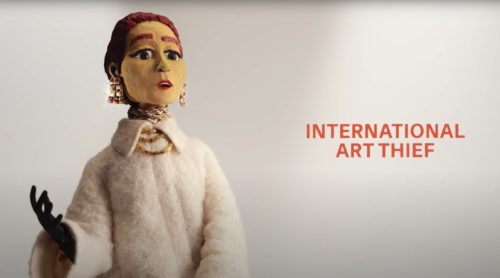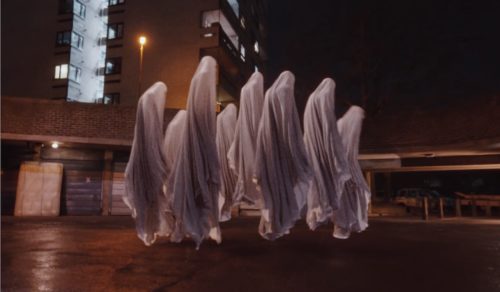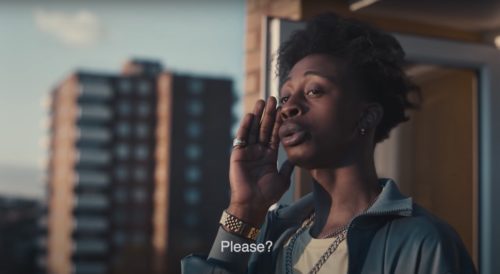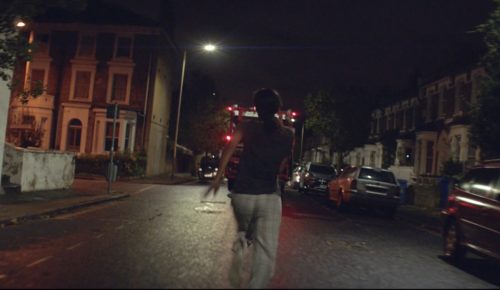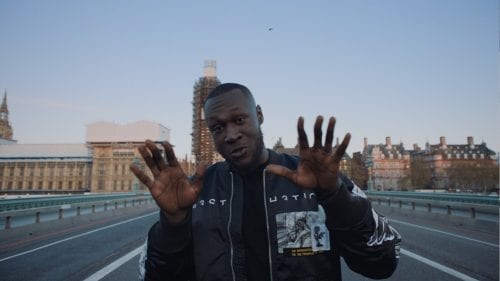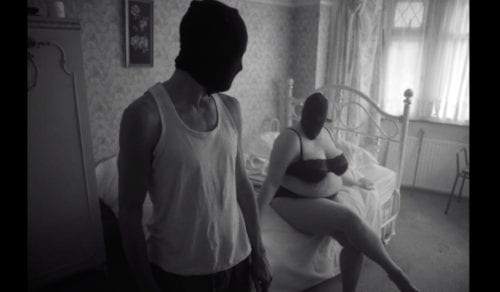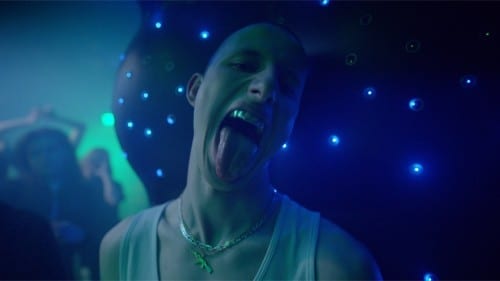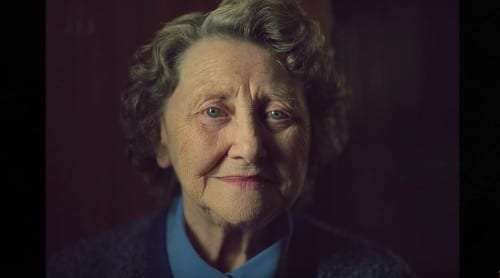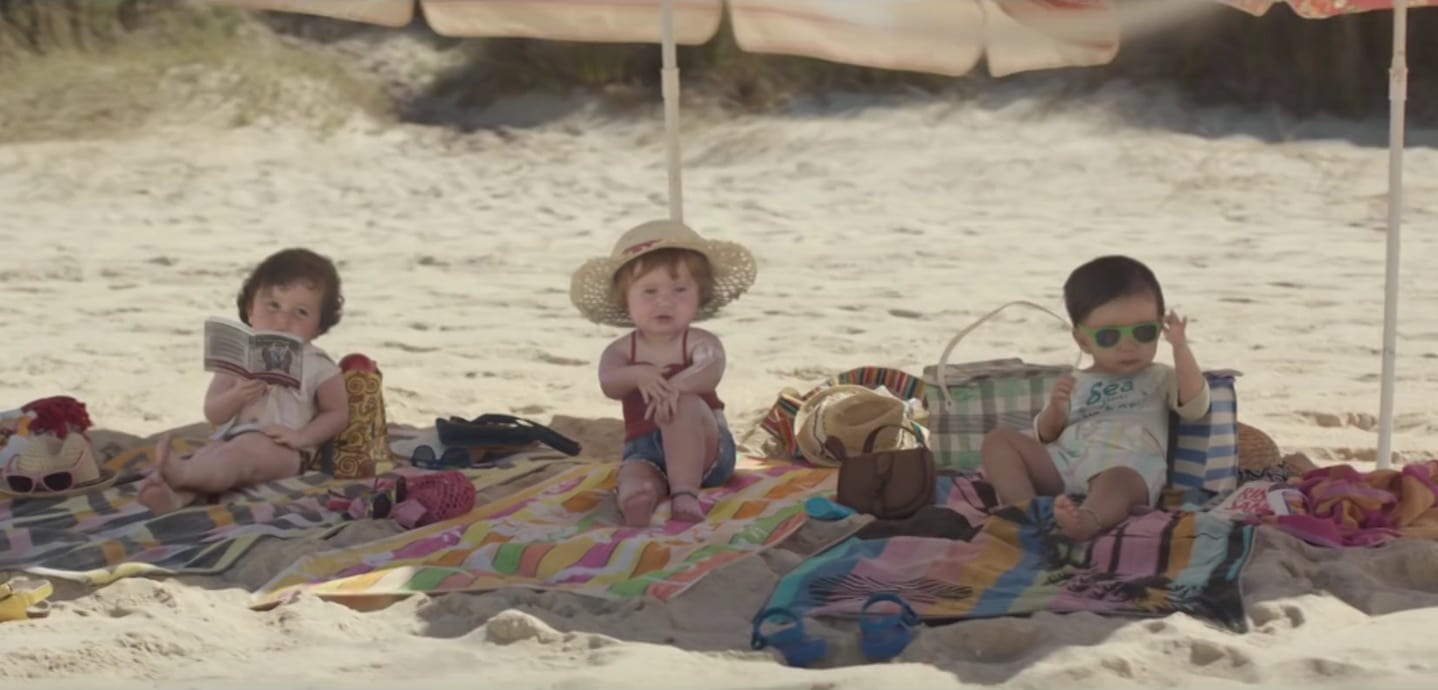What was the original brief for Guy Cotten interactive website, Sortie en Mer, and how did you evolve that?
It started off as more of a format than a narrative – the beginning in the boat and the final drowning sequence bookmark the experience and the viewer dictates whatever happens in between by scrolling as hard as they can. I collaborated closely with the creative’s from the agency, CLM BBDO Paris, who had done extensive research into the various stages of drowning. My challenge was to devise nuances and details to make the experience compelling and realistic. The piece is told from a first person perspective (inhabited by the viewer). Therefore we wanted to create a sympathetic character that the viewer could literally inhabit. We created flashbacks and surreal moments from this character’s past to add to the intensity of the drowning sequences. The more it feels like you, the more horrific and traumatic the experience.
How did the creative process differ from your usual linear commercials and music videos?
Unlike commercials or music videos I’ve done before, here I had to consider the viewers active role in the film or narrative and create the most thrilling and immersive experience possible.
To a certain extent the technique dictates the narrative. I worked closely with Wanda’s digital team and the agency to create a seamless structure that reacts to the viewer’s decisions. I had to come up with an infinite number of transitions that would satisfy the variables allowing us to transition to the final drowning sequence at any stage of the story.
Developing the idea itself was fairly unnerving. I had to try and imagine what it’s like to drown and die. I wanted to tap into people’s worst fears and create the most evocative experience possible.
What were the main challenges of the shoot and how did you resolve them? On water, underwater – was it shot in the summer time in warm climes?
This was pretty much the toughest shoot I’ve ever done. The challenge was to imitate a real person’s POV. The camera had to be light, easily maneuverable and close to the face so as to be able to get the protagonist’s hands in. Generally I’m not a fan of shooting on digital SLR’s, but after months of testing underwater we opted for the 5D. What followed was a construction of a bespoke underwater helmet cam rig that could hold the underwater housing (see pic).
We shot in Marseille in the first week of January so it was freezing cold and we were restricted by the number of hours of daylight during the two days that were available to us. People were being seasick right left and centre, but that didn’t stop us. The operator was a hero. He pretty much spent eight hours both days in the water with a heavy camera-helmet-rig strapped to his head. Imagine trying to communicate with someone constantly half submerged under water.
Due to the rough conditions on the second day we had to abandon using a live feed due to the danger of the cable forming a noose and strangling the operator, so we had to keep checking after each take. It doesn’t sound like a lot of fun, but overall it was one of the most exciting filmic adventures I’ve ever had the honour of being a part of. We were forced to watch playback when your rocking back and forth on what felt like two meter waves. We came away absolutely soaked. The point is we achieved it and it is proving to be a success, so all the hard work is starting to pay off. The sight of dawn breaking over the ocean was also a bit of a perk!
Agency: CLM BBDO
Production company: Wanda Digital
Director: Ben Strebel
